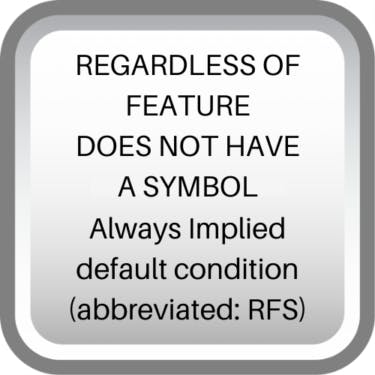
Least Material Condition (LMC)
Least material condition is a feature of size symbol that describes a dimensional or size condition where the least amount of material (volume/size) exists within its dimensional tolerance...
Articles related to GD&T symbol rules and walk-through examples of GD&T Symbols and their uses

Least material condition is a feature of size symbol that describes a dimensional or size condition where the least amount of material (volume/size) exists within its dimensional tolerance...

Regardless of feature size simply means that whatever GD&T callout you make, is controlled independently of the size dimension of the part. RFS is the default condition of all geometric tolerances by rule #2 of GD&T and requires no callout.

In GD&T, a feature control frame is required to describe the conditions and tolerances of a geometric control on a part's feature...

Profile of a line describes a tolerance zone around any line in any feature, usually of a curved shape...

Angularity is the symbol that describes the specific orientation of one feature to another at a referenced angle...

The standard form of straightness is a 2-Dimensional tolerance that is used to ensure that a part is uniform across a surface or feature. Straightness can apply to either a flat feature such as the surface of a block, or it can apply to the surface of a cylinder along the axial direction. It is defined as the variance of the surface within a specified line on that surface.